When we think of wild cats, we often imagine the majestic lions and tigers that dominate the savannahs and jungles. However, the feline family boasts an array of smaller, lesser-known species that are equally fierce and fascinating. These petite predators may not have the size of their larger cousins, but they are equipped with unique skills and adaptations that make them formidable hunters in their own right. Let’s embark on an exploration of the 13 smallest wild cat species that prove size isn’t everything when it comes to survival in the wild.
Rusty-Spotted Cat: The Tiny but Tenacious Hunter
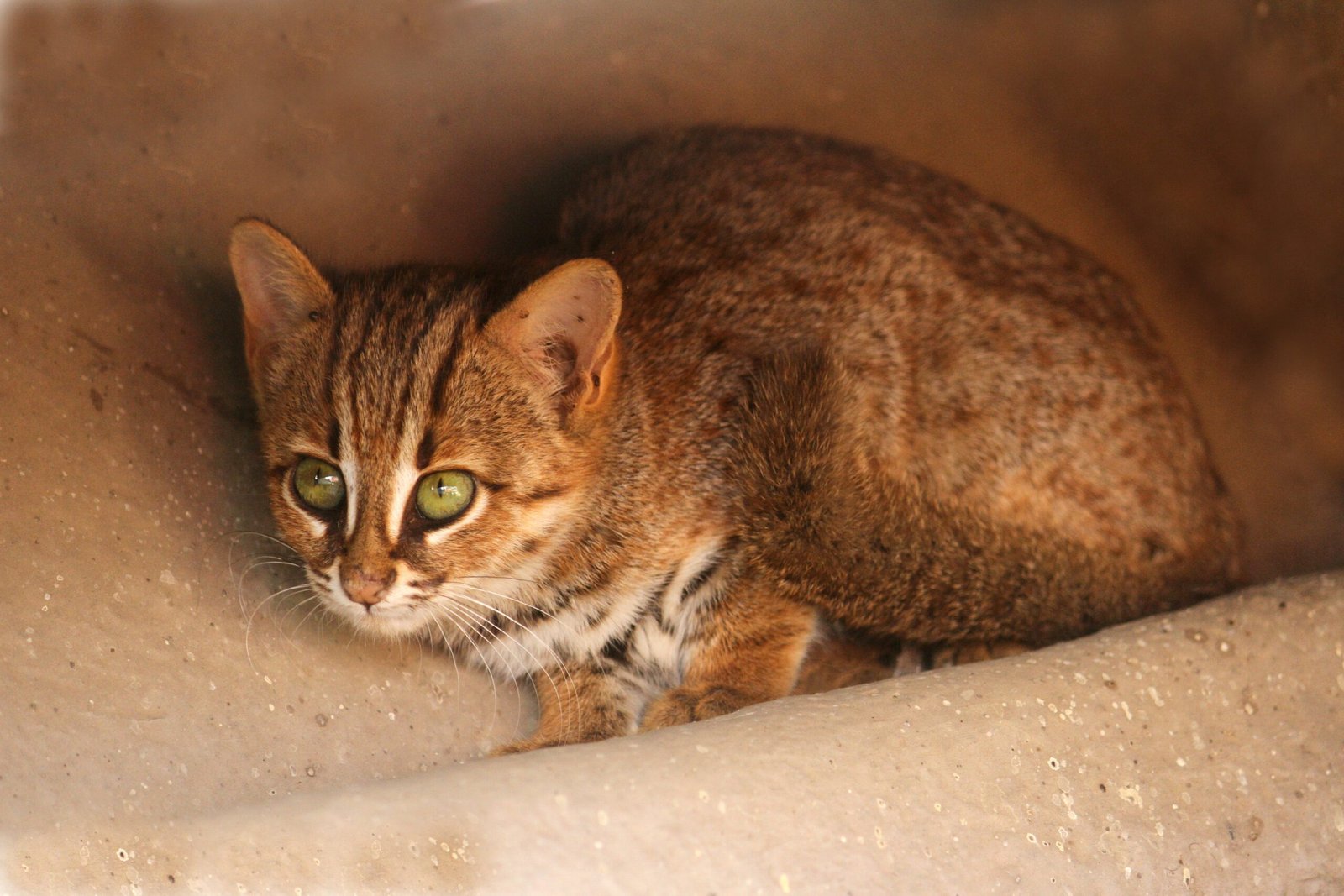
The Rusty-Spotted Cat, often dubbed the ‘hummingbird of the cat family’, is one of the smallest wild cats in the world. Native to the forests of India and Sri Lanka, this diminutive feline weighs just around 2 to 3.5 pounds and measures a mere 14 to 19 inches in body length. Despite its petite size, the Rusty-Spotted Cat is a skilled hunter, preying on small mammals, birds, and insects. Its agility and stealth make it a master stalker, capable of sneaking up on its prey with remarkable precision. The cat’s striking rusty-colored coat, speckled with dark spots, offers excellent camouflage in the dense underbrush, aiding its hunting prowess.
Black-Footed Cat: The Fierce Nocturnal Predator
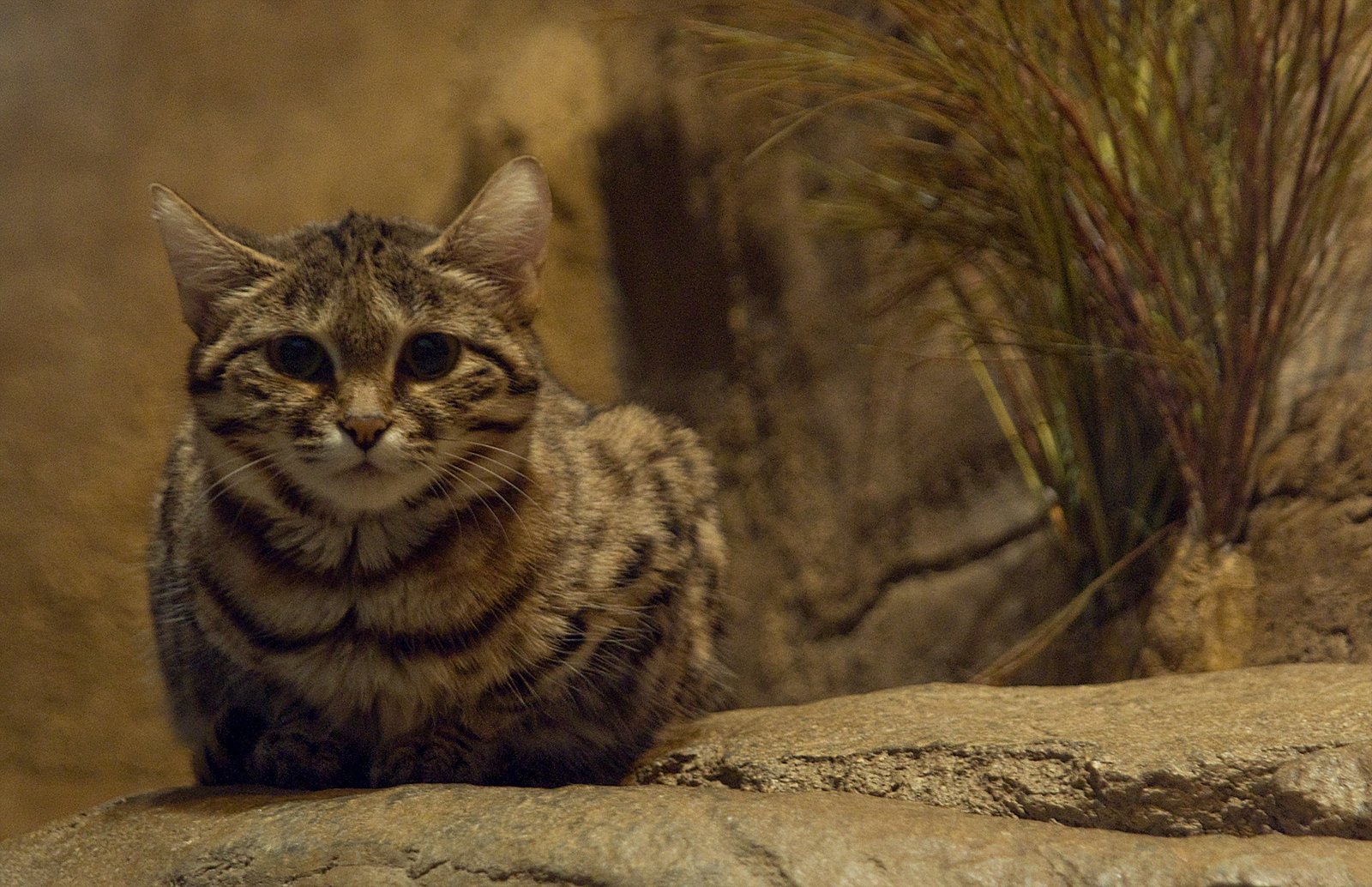
Hailing from the arid regions of southern Africa, the Black-Footed Cat is a tiny yet formidable predator. Weighing between 2 to 5 pounds, this cat is often likened to a miniature lion in terms of its hunting capabilities. It primarily hunts at night, using its acute sense of hearing to locate prey such as rodents and small birds. Astonishingly, the Black-Footed Cat has been known to kill up to 14 small animals in a single night, making it one of the deadliest hunters relative to its size. Its name is derived from the distinctive black soles of its feet, which help it navigate the sandy terrain of its habitat.
Sand Cat: The Desert Survivor
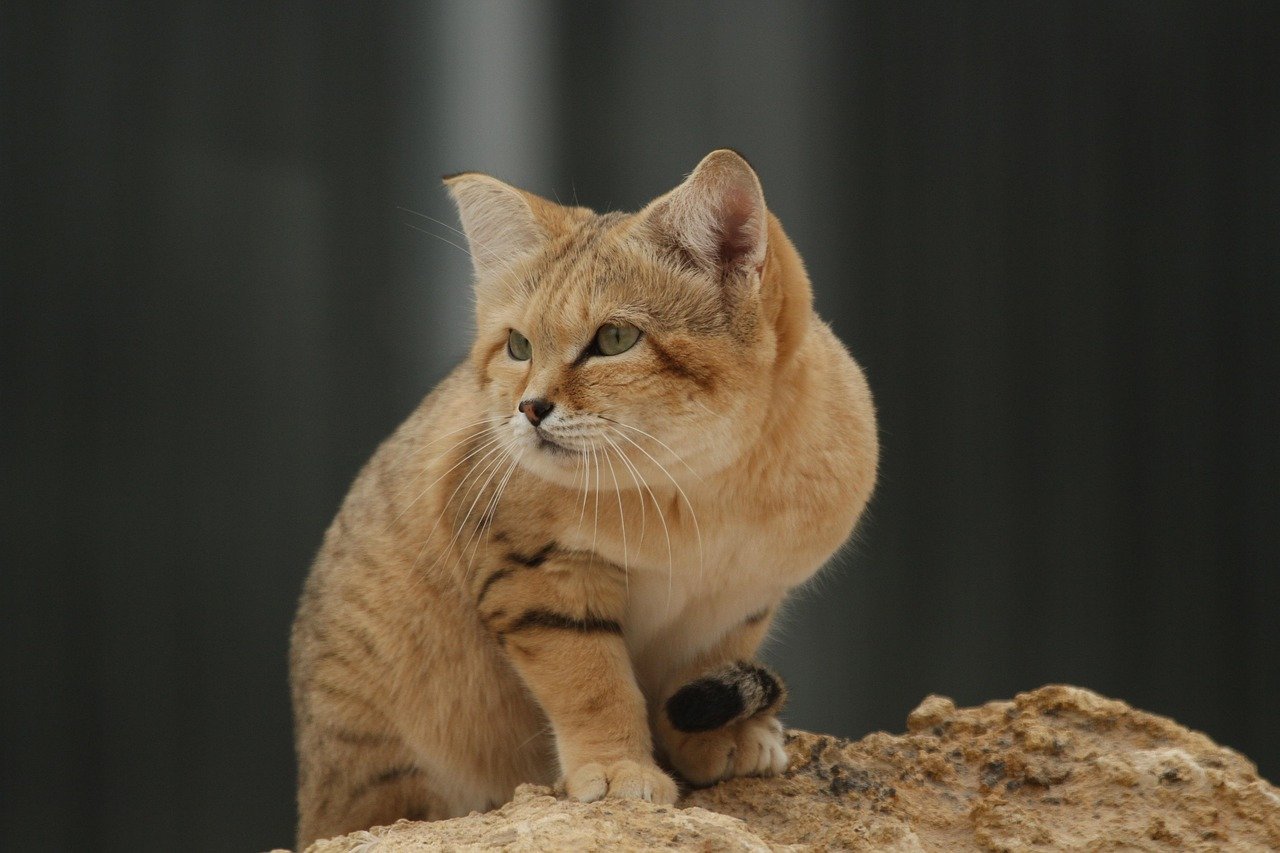
The Sand Cat is a master of survival in the harsh desert environments of North Africa and Southwest Asia. With a weight of 3 to 7.5 pounds, this resilient feline is built to withstand extreme temperatures and scarce water sources. Its thick, sandy-colored fur provides insulation from both heat and cold, while its large ears help dissipate heat and detect the slightest sounds of prey. The Sand Cat’s diet consists mainly of rodents, reptiles, and insects, which it can hunt efficiently thanks to its exceptional stealth and speed. Despite the challenging conditions of its habitat, the Sand Cat thrives as a solitary and elusive hunter.
Margay: The Arboreal Acrobat
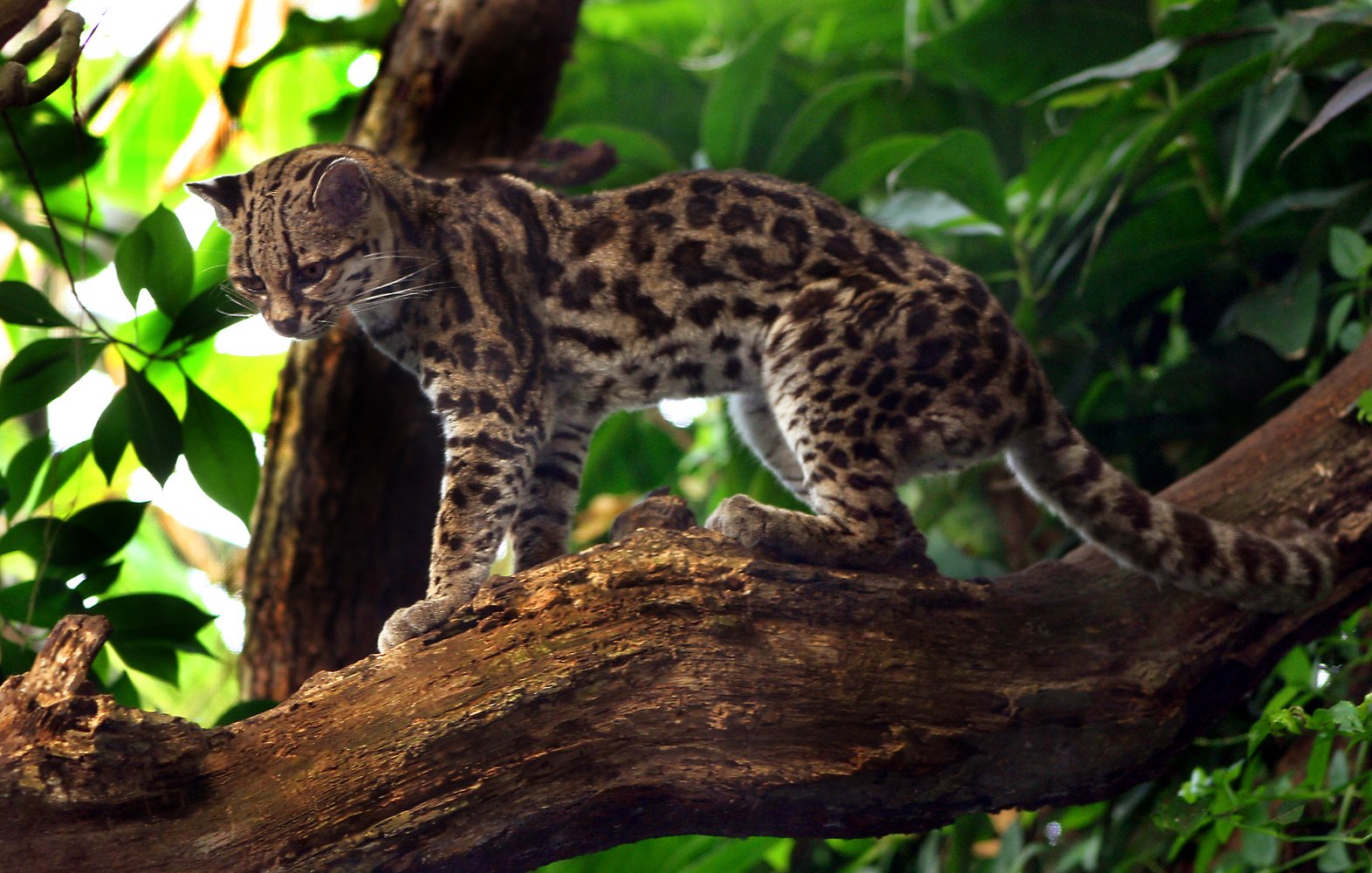
The Margay is a small, tree-dwelling cat found in the rainforests of Central and South America. Weighing between 5 to 9 pounds, this agile feline is an expert climber, capable of leaping from tree to tree with ease. Its long tail and flexible ankles allow it to navigate the forest canopy with remarkable dexterity, making it one of the most arboreal of all wild cats. The Margay’s diet primarily consists of birds, small mammals, and reptiles, which it hunts both in the trees and on the ground. Its striking spotted coat provides excellent camouflage among the dappled sunlight of the forest.
Flat-Headed Cat: The Aquatic Specialist
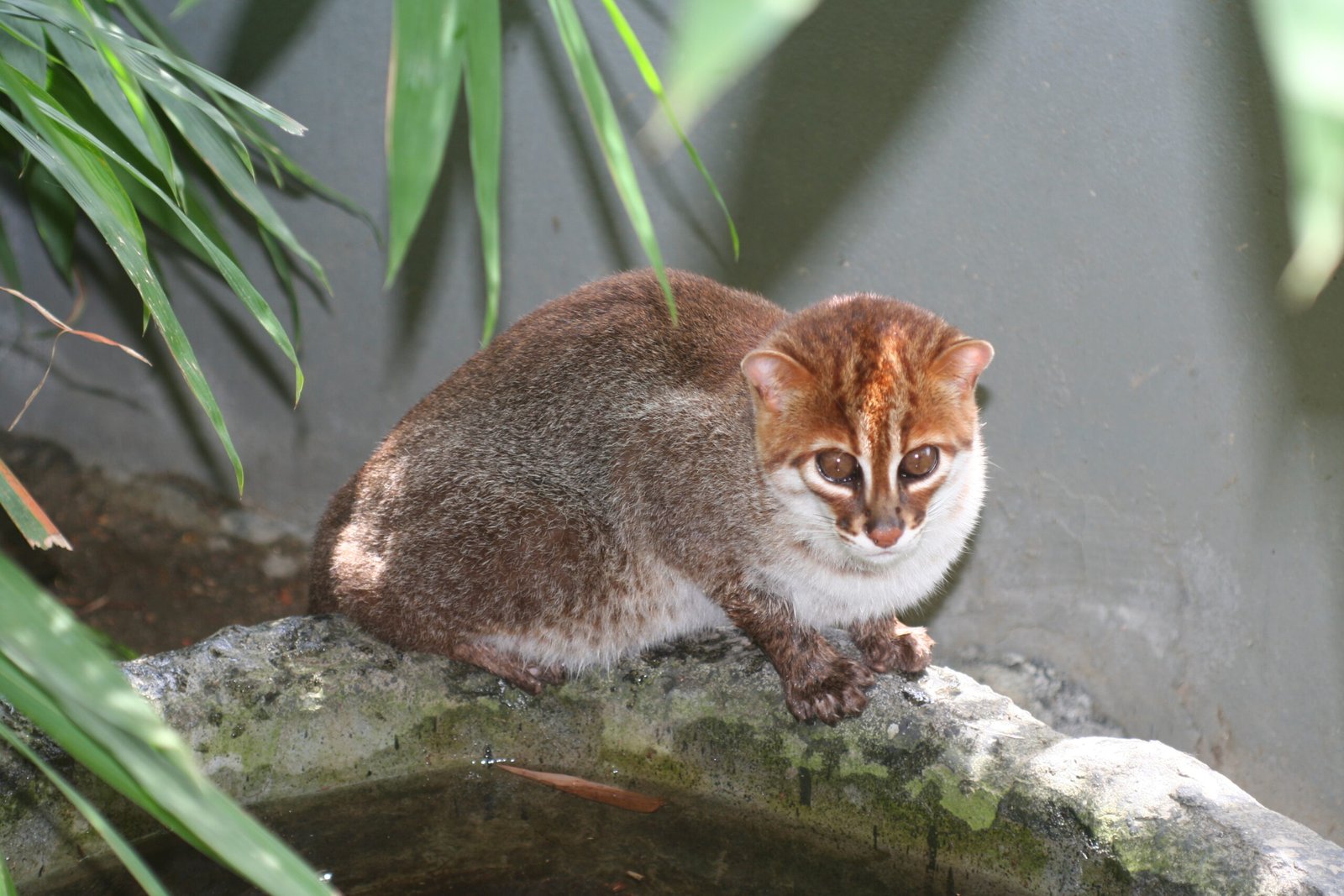
Native to the wetlands of Southeast Asia, the Flat-Headed Cat is a small feline with a unique adaptation for an aquatic lifestyle. Weighing between 3 to 5.5 pounds, this cat has a distinctive flat head and long, slender body that aid in swimming and fishing. Its diet primarily consists of fish, frogs, and crustaceans, which it catches with remarkable skill in the water. The Flat-Headed Cat’s webbed feet and water-repellent fur further enhance its ability to thrive in its marshy habitat. Despite its aquatic prowess, this elusive cat remains one of the least studied and understood species in the wild.
Chinese Mountain Cat: The Elusive Highland Predator
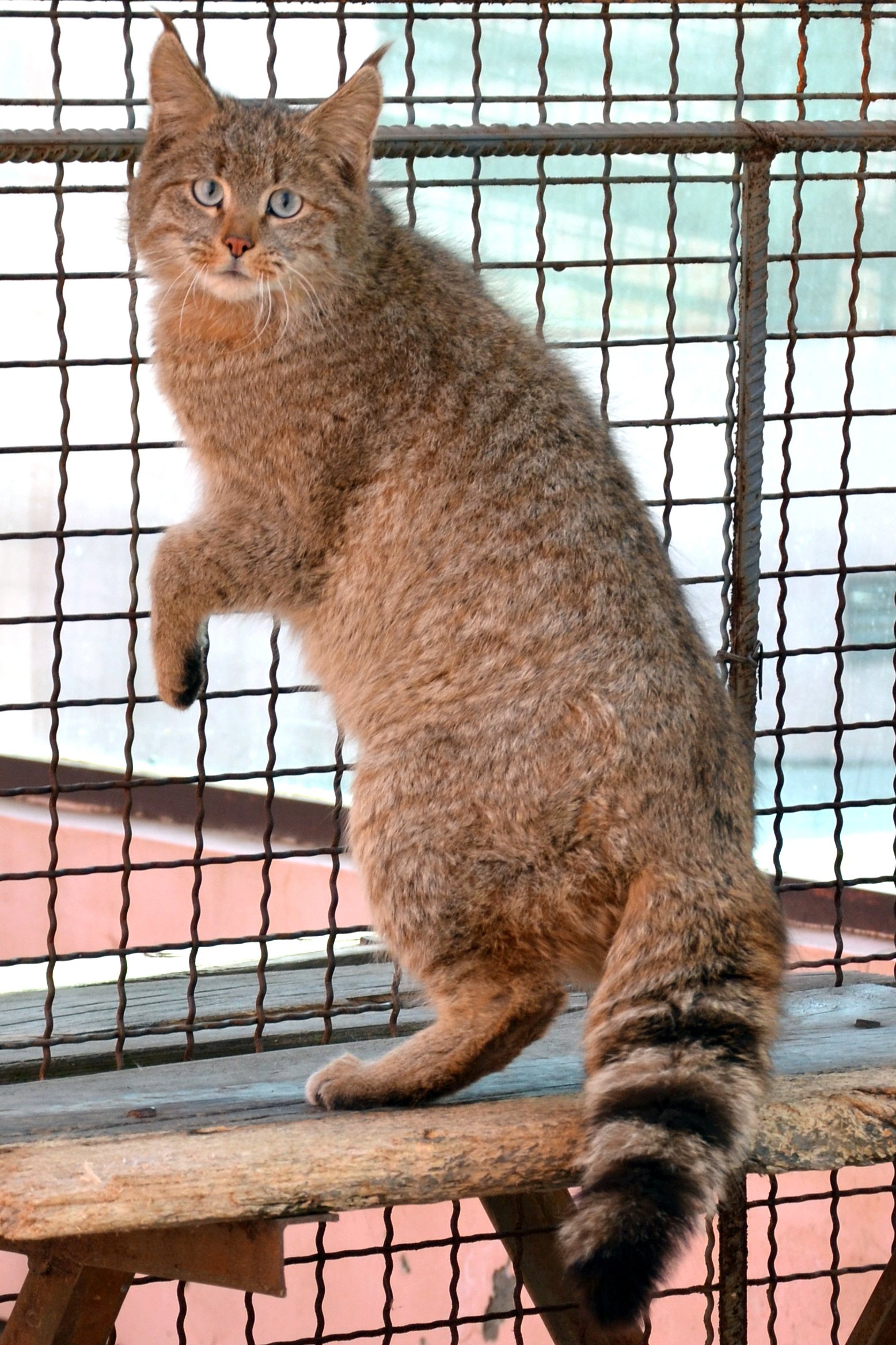
The Chinese Mountain Cat, also known as the Chinese Desert Cat, is a rare and elusive feline native to the high-altitude regions of western China. Weighing between 10 to 20 pounds, it is slightly larger than some of the other small cats but still relatively diminutive compared to bigger cats. Its thick, pale coat provides insulation against the cold temperatures of its mountainous habitat, while its strong limbs and sharp claws make it an adept hunter of rodents, birds, and hares. Despite its remote habitat, the Chinese Mountain Cat faces threats from habitat loss and human encroachment.
Oncilla: The South American Spotted Beauty
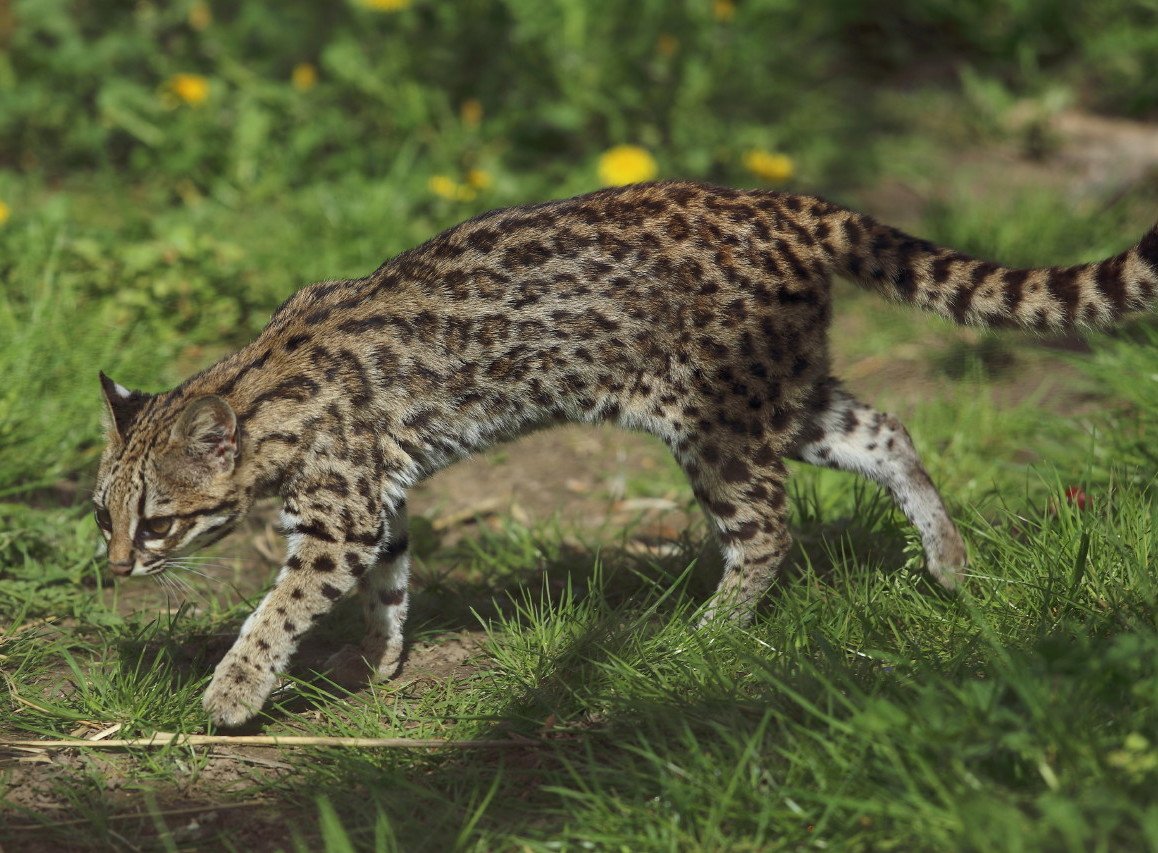
The Oncilla is a small, spotted cat native to the tropical rainforests of Central and South America. Weighing between 3 to 6.5 pounds, this feline is often likened to a miniaturized version of the Ocelot, with similar striking markings. The Oncilla is a solitary and nocturnal hunter, preying on small mammals, birds, and reptiles. Its excellent climbing skills and agile movements allow it to navigate the dense forest with ease, making it a highly effective predator. Due to habitat loss and poaching, the Oncilla is currently classified as vulnerable, highlighting the need for conservation efforts.
Pallas’s Cat: The Fluffy Cold-Weather Survivor
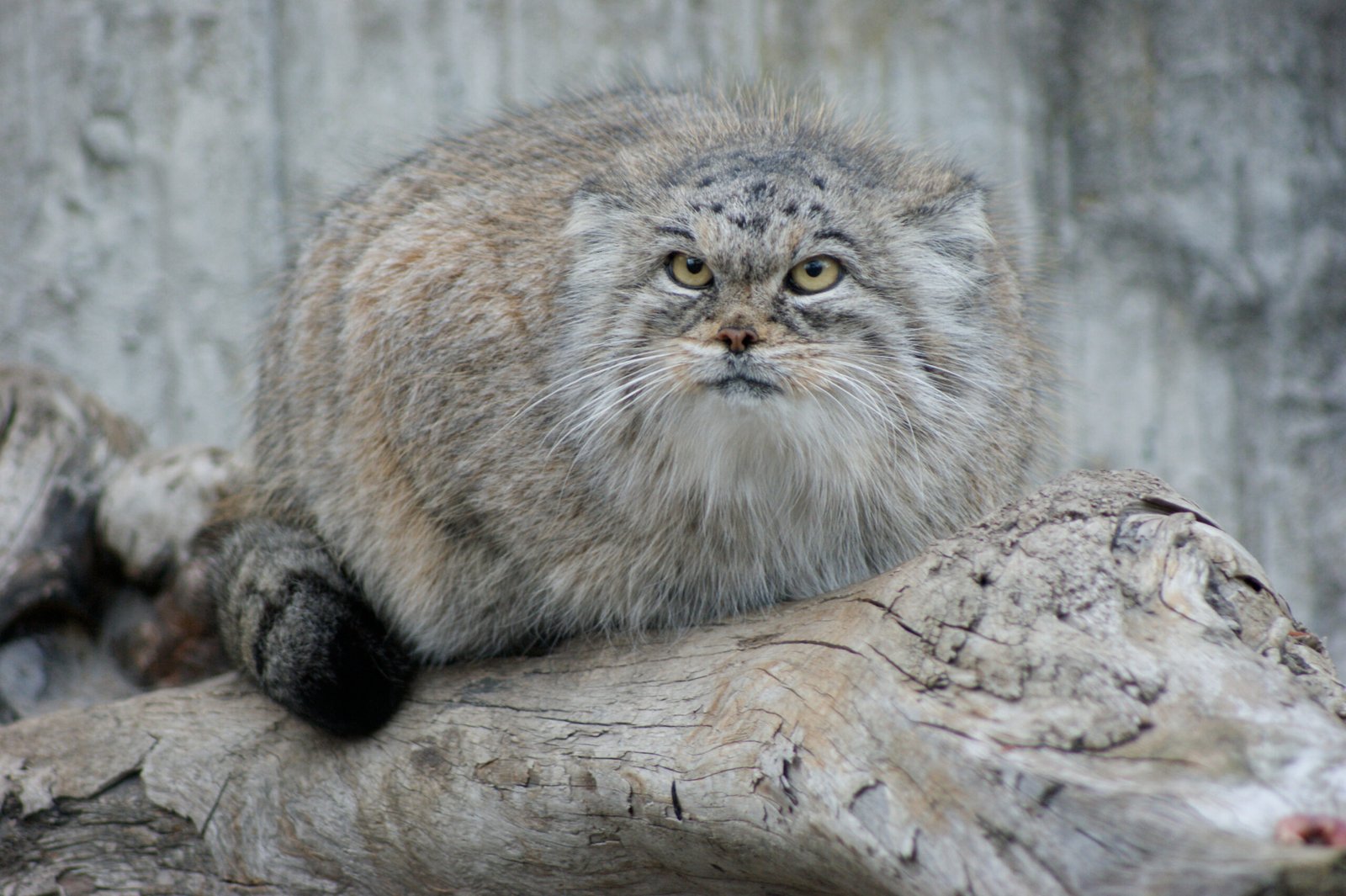
Pallas’s Cat, also known as the Manul, is a small wild cat native to the cold and arid regions of Central Asia. Weighing between 4.5 to 10 pounds, this feline is easily recognized by its stocky build and long, dense fur, which provides insulation against the harsh climate. The Pallas’s Cat feeds primarily on small rodents and birds, utilizing its keen senses and stealth to ambush prey. Its large eyes and flattened face give it a distinctive appearance, while its solitary and elusive nature makes it a rare sight in the wild. Despite its adaptations, the Pallas’s Cat faces threats from habitat degradation and hunting.
Geoffroy’s Cat: The Adaptable South American Hunter
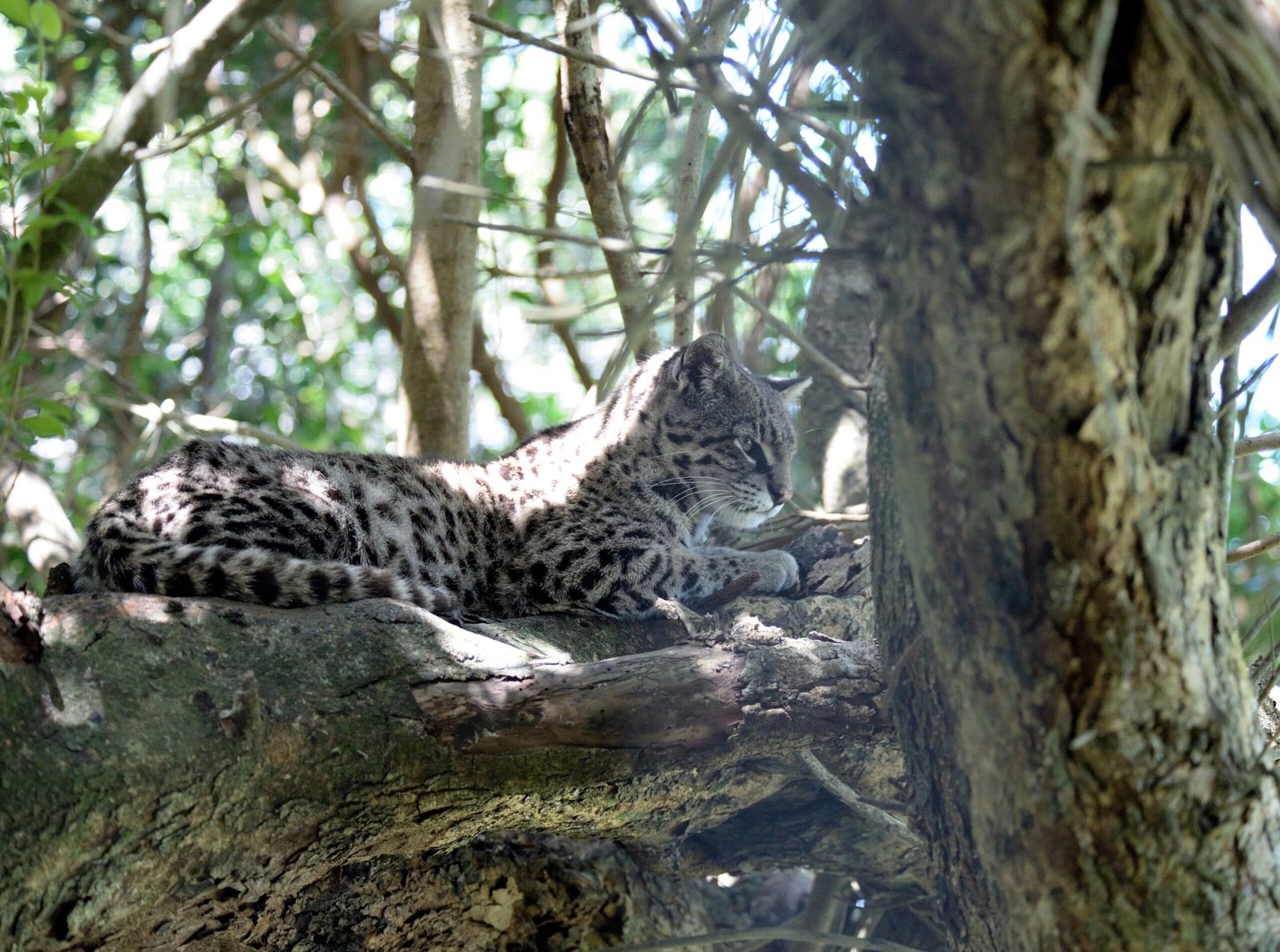
Geoffroy’s Cat is a small, adaptable feline found in various habitats across South America, from grasslands to forests. Weighing between 4 to 11 pounds, this cat is known for its striking spotted coat and remarkable adaptability to different environments. Its diet includes rodents, birds, and reptiles, which it hunts with stealth and precision. Geoffroy’s Cat is also a skilled swimmer, allowing it to exploit a wide range of prey and habitats. Despite its adaptability, the species faces threats from habitat loss and hunting, underscoring the importance of conservation efforts.
Andean Mountain Cat: The Rare Highland Spectacle
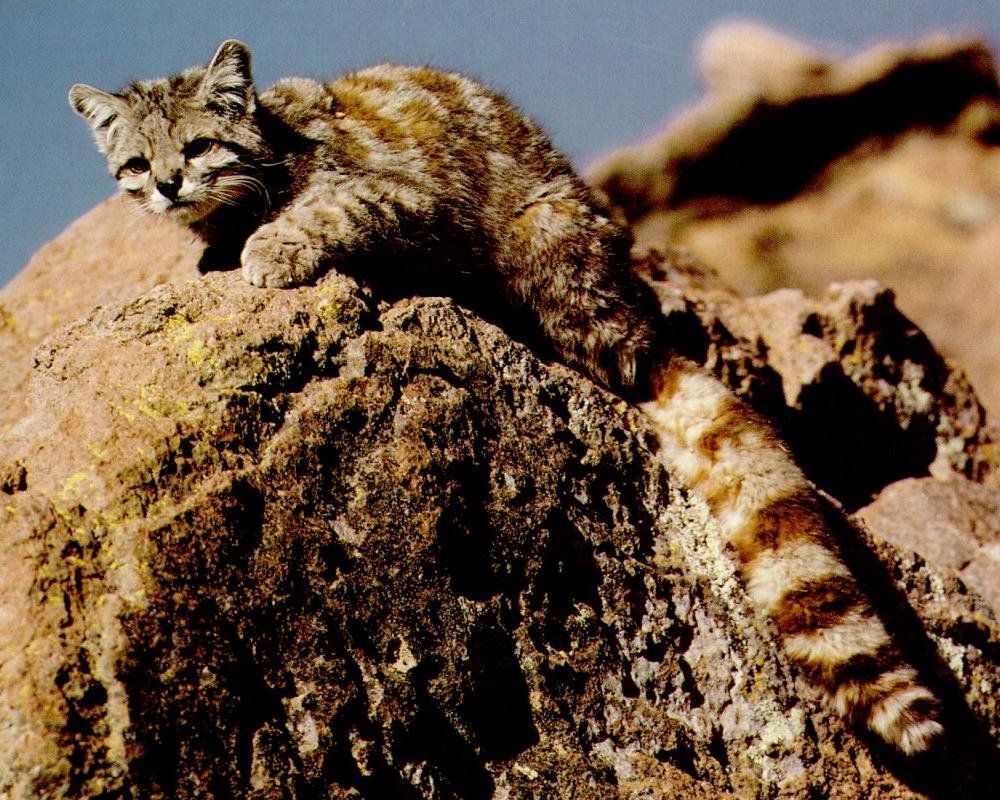
The Andean Mountain Cat is one of the rarest and least-known wild cats, inhabiting the remote high-altitude regions of the Andes in South America. Weighing between 8 to 14 pounds, this cat is characterized by its thick, silvery-gray coat and ringed tail. Its diet consists mainly of small mammals, such as rodents and viscachas, which it hunts in the rocky terrain of its habitat. The Andean Mountain Cat is critically endangered, with an estimated population of fewer than 2,500 individuals, making it one of the most threatened wild cat species in the world.
Bay Cat: The Mysterious Bornean Feline
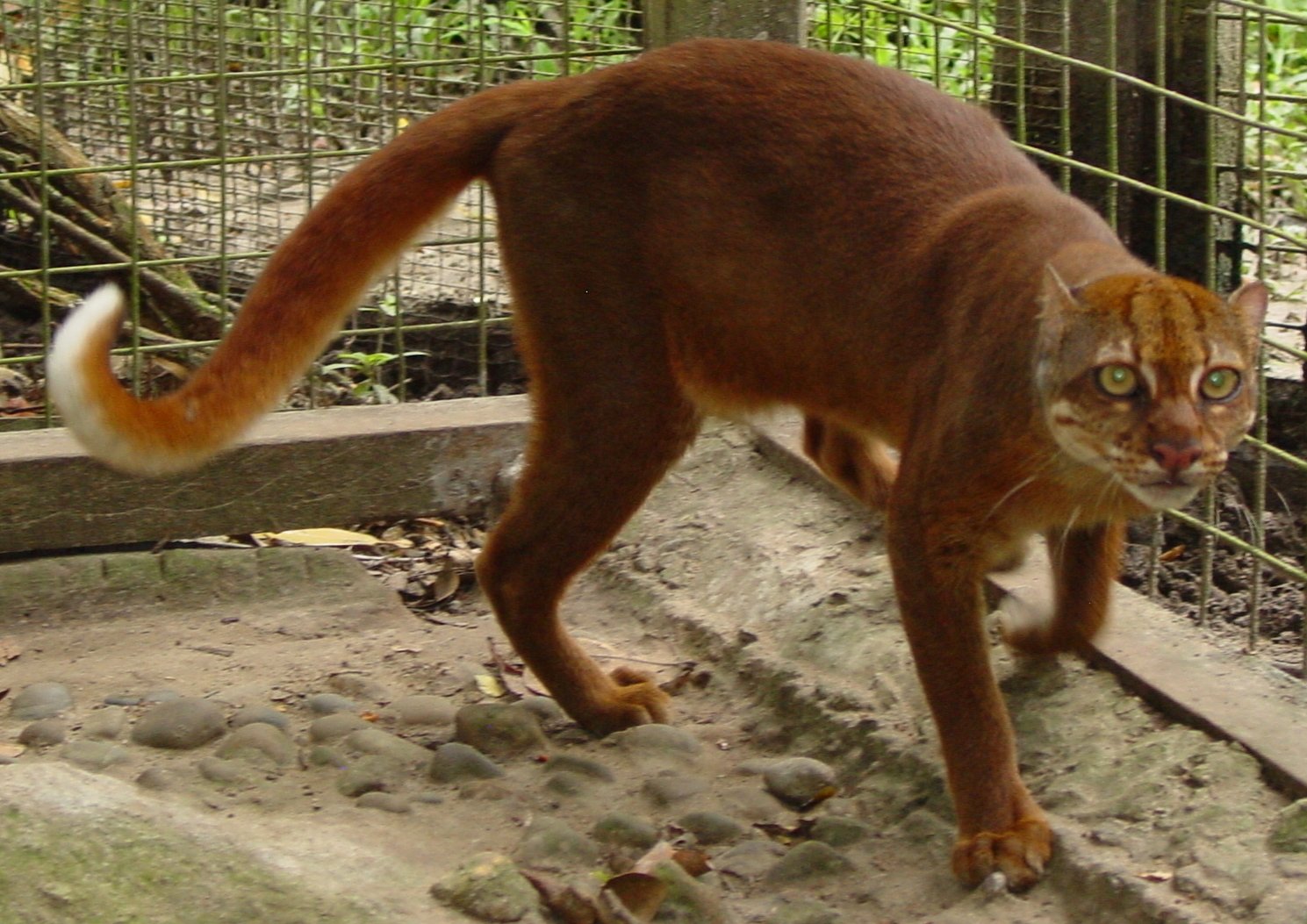
The Bay Cat, native to the island of Borneo, is a small and elusive feline with a striking reddish-brown coat. Weighing between 6.5 to 9 pounds, this cat is one of the least studied wild cats, with very few sightings in the wild. Its diet is believed to consist of small mammals and birds, which it hunts in the dense forests of its habitat. The Bay Cat’s secretive nature and remote habitat make it a challenging subject for study, but it is currently classified as endangered due to habitat loss from deforestation.
Fishing Cat: The Semi-Aquatic Stalker
The Fishing Cat is a medium-sized feline native to the wetlands and riverine forests of South and Southeast Asia. Weighing between 11 to 35 pounds, this cat is larger than many of the other small wild cats but still relatively diminutive compared to big cats. As its name suggests, the Fishing Cat is adept at catching fish, using its webbed feet and excellent swimming skills to hunt in water. Its diet also includes small mammals and birds, which it catches with agility and precision. Despite its adaptations, the Fishing Cat faces threats from habitat destruction and pollution.
Jungle Cat: The Versatile Feline
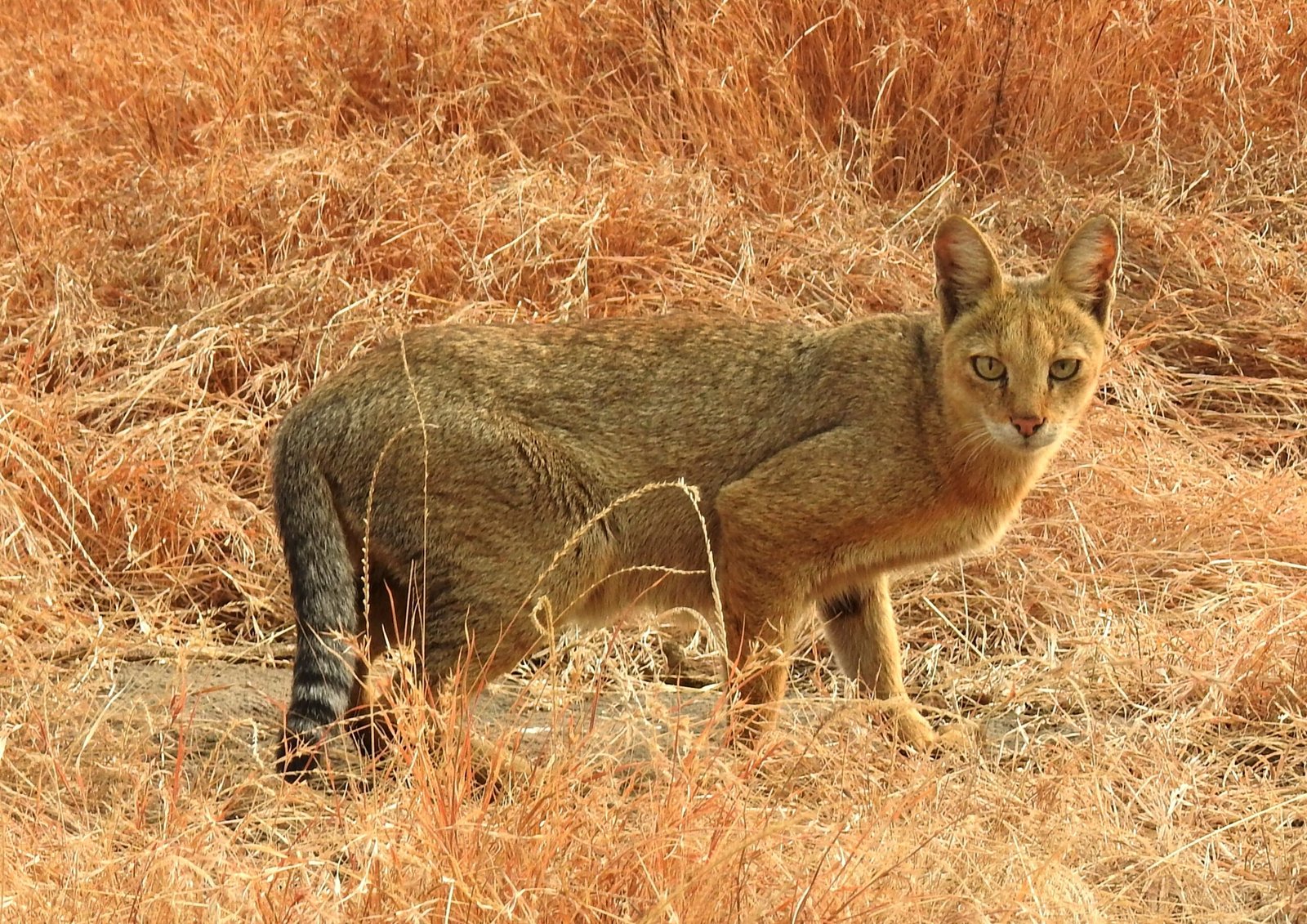
The Jungle Cat, also known as the Swamp Cat or Reed Cat, is a medium-sized wild cat native to a wide range of habitats across Asia and the Middle East. Weighing between 11 to 35 pounds, this cat is known for its adaptability to different environments, from wetlands to grasslands. Its diet includes rodents, birds, and amphibians, which it hunts with remarkable skill and stealth. The Jungle Cat’s keen senses and agility make it a successful predator, but it faces threats from habitat loss and hunting. Despite these challenges, the species remains relatively widespread and adaptable.
In conclusion, these 13 small wild cat species demonstrate the incredible diversity and adaptability of the feline family. Despite their diminutive size, they possess unique skills and adaptations that make them formidable hunters in their respective habitats. From the deserts of Africa to the rainforests of South America, these petite predators play vital roles in their ecosystems, highlighting the importance of their conservation and protection. Whether it’s the tree-dwelling Margay or the desert-surviving Sand Cat, each of these remarkable cats is a testament to the resilience and ingenuity of nature’s most fascinating creatures.

Andrew Alpin from India is the Brand Manager of Doggo digest. Andrew is an experienced content specialist and social media manager with a passion for writing. His forte includes health and wellness, Travel, Animals, and Nature. A nature nomad, Andrew is obsessed with mountains and loves high-altitude trekking. He has been on several Himalayan treks in India including the Everest Base Camp in Nepal.






